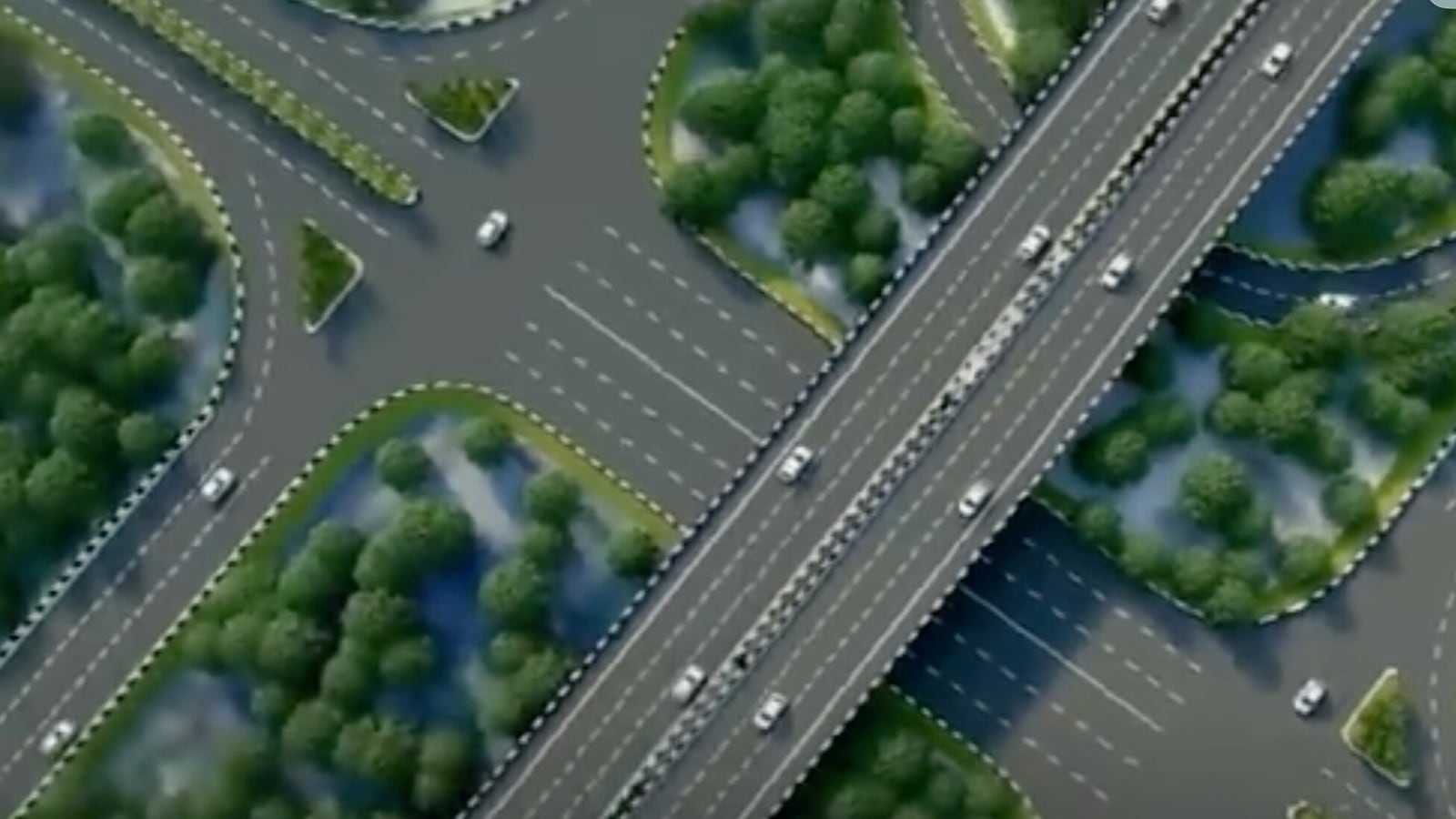- Dwarka Expressway is among the first in India to receive the GNSS-based toll collection system.

Dwarka Expressway will be among the first to receive a barrier-free toll collection system under the new GNSS-based tolling regime, which aims to replace the current FASTag-based toll collection procedure. Union Minister for Road, Transport and Highways Nitin Gadkari said in Rajya Sabha that the government has invited bid proposals to implement a barrier-free tolling system on the Dwarka Expressway, which connects Dwarka in Delhi to Gurugram in Haryana, covering a distance of about 28 kilometers.
Gadkari further stated that based on the outcomes and efficiency of the implementation of the GNSS-based toll collection system on Dwarka Expressway, the technology will be implemented on other toll fee plazas across the country. “Request for Proposal (RFP) to implement barrier-free tolling system on the project Dwarka Expressway has been invited/floated, with the possibility of implementing it on other fee plazas in a phased manner depending upon the outcomes and efficacy of the implementation on Dwarka Expressway,” PTI has quoted Gadkari as saying.
Also Read : India to launch GNSS-based electronic toll collection system: Everything to know
The minister also said that this new technology is expected to lower the cost of running physical toll fee plazas. However, this technology will be working alongside the current FASTag-based tolling system. For the GNSS-technology-using vehicles, there will be dedicated GNSS lanes, at least initially.
NHAI plans to implement the GNSS-based electronic toll collection system within the existing FASTag ecosystem, initially using a hybrid model where both RFID-based ETC and GNSS-based ETC will operate simultaneously. There will be dedicated GNSS lanes available at toll plazas, allowing vehicles using the GNSS-based ETC to pass through freely. However, as GNSS-based electronic toll collection becomes more widespread, all lanes will eventually be converted to GNSS lanes.
GNSS-based toll collection: How it works
The GNSS-based electronic toll collection system adopts a hybrid model alongside Radio Frequency Identification (RFID), which is currently used in FASTag. This system will employ virtual toll booths to track vehicles entering and exiting the tolled sections of the highways.
There will be virtual gantries installed along the tolled section of the road network, which will interact with GNSS-enabled vehicles. This will remove the requirement of physical gantries. The virtual gantries will collect essential vehicle information, including the registration number, vehicle type, and their users’ bank account details.
As the vehicles pass through these virtual toll booths, the GNSS-based system will automatically be triggered to collect the toll and will deduct a certain amount from the users’ bank account. The toll plazas will have dedicated GNSS lanes, which will facilitate smooth passage for the vehicles using the technology.
Get insights into Upcoming Cars In India, Electric Vehicles, Upcoming Bikes in India and cutting-edge technology transforming the automotive landscape.
First Published Date: 08 Dec 2024, 08:47 AM IST











Leave a Reply